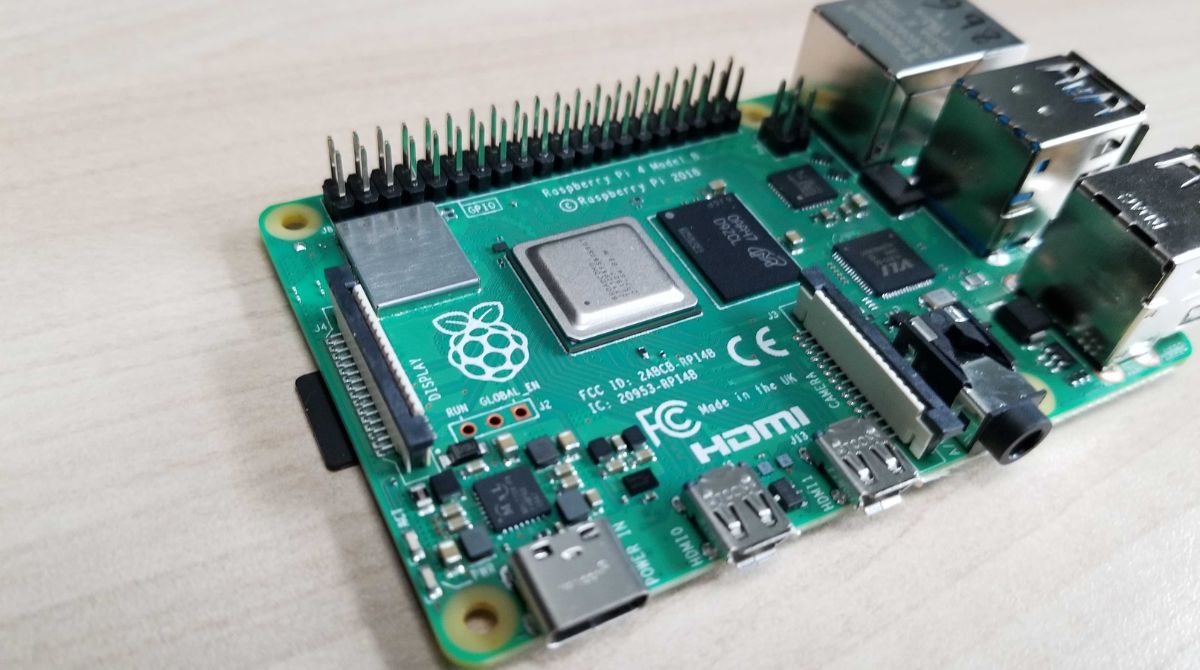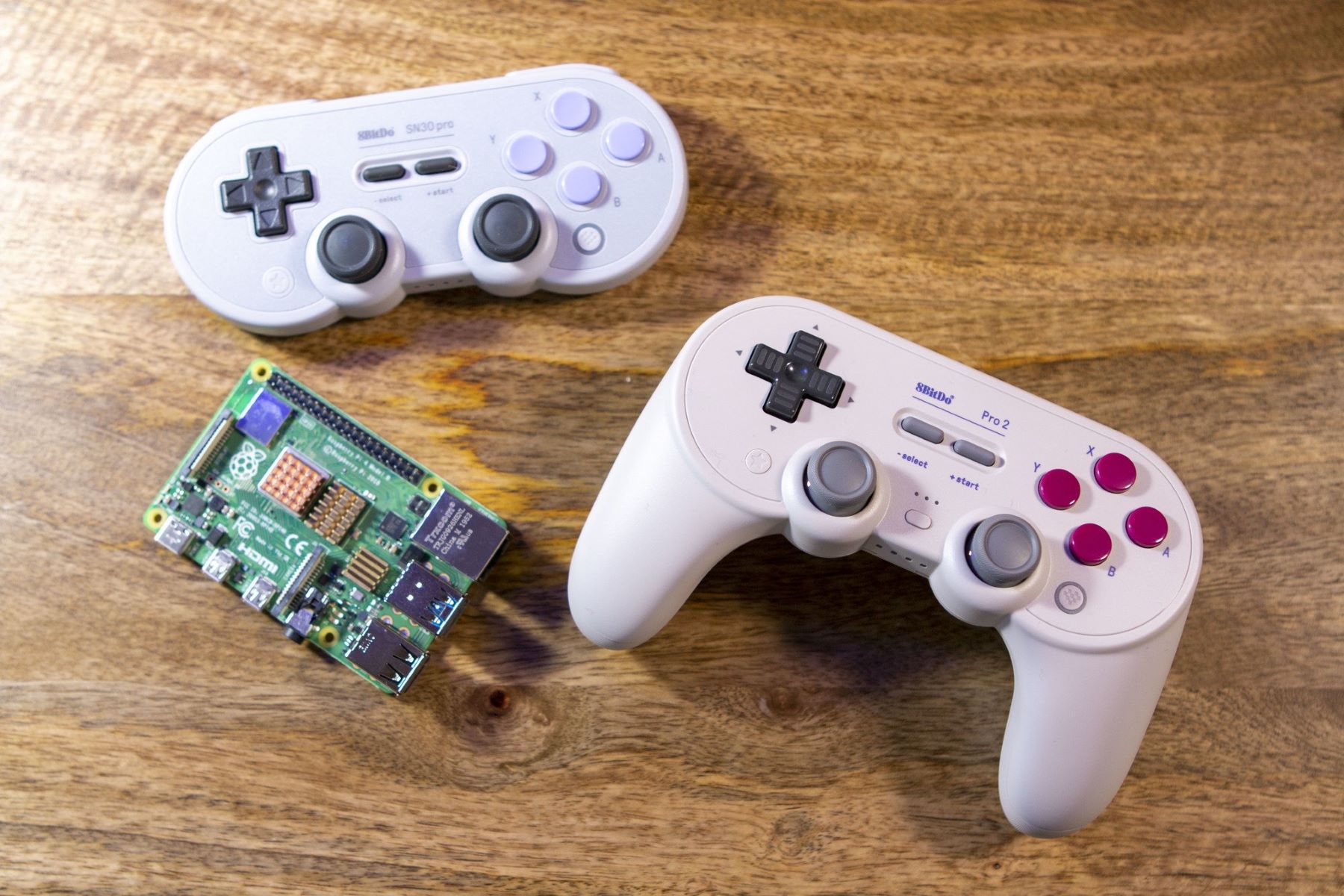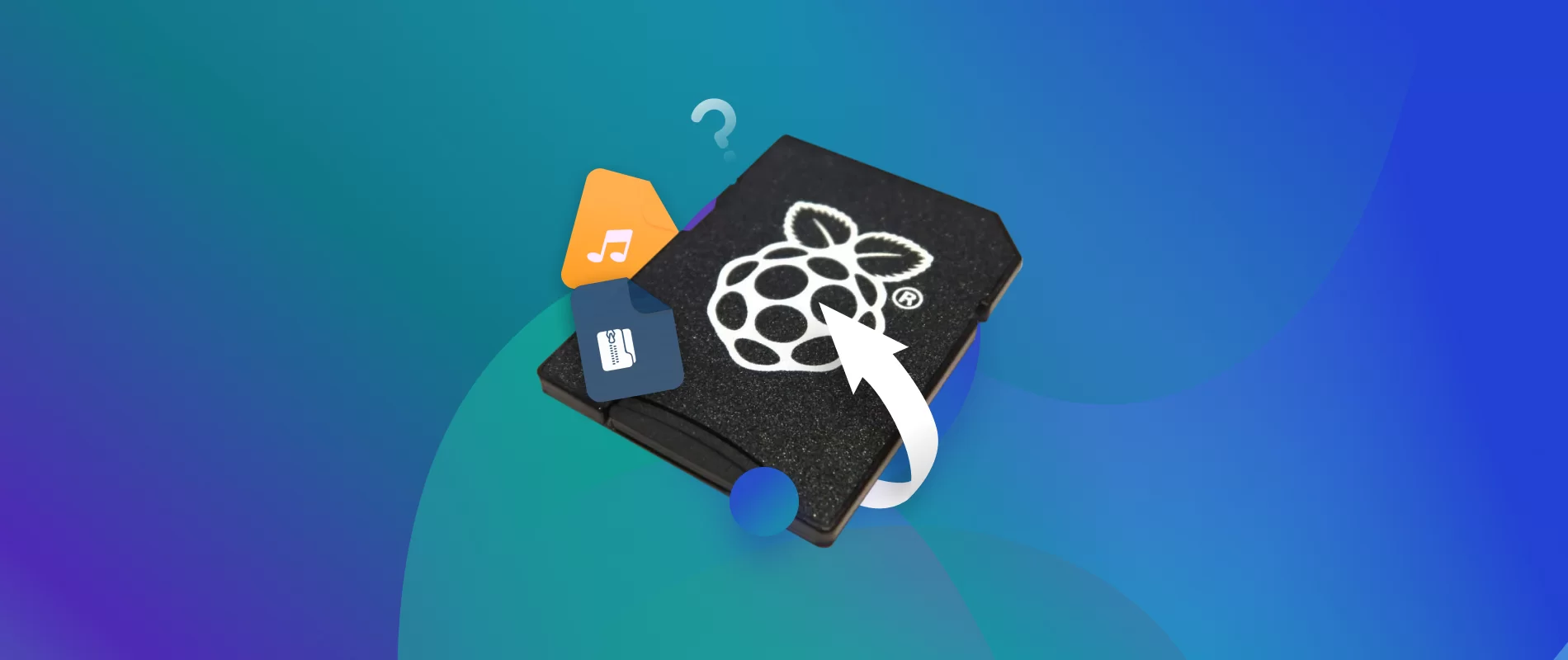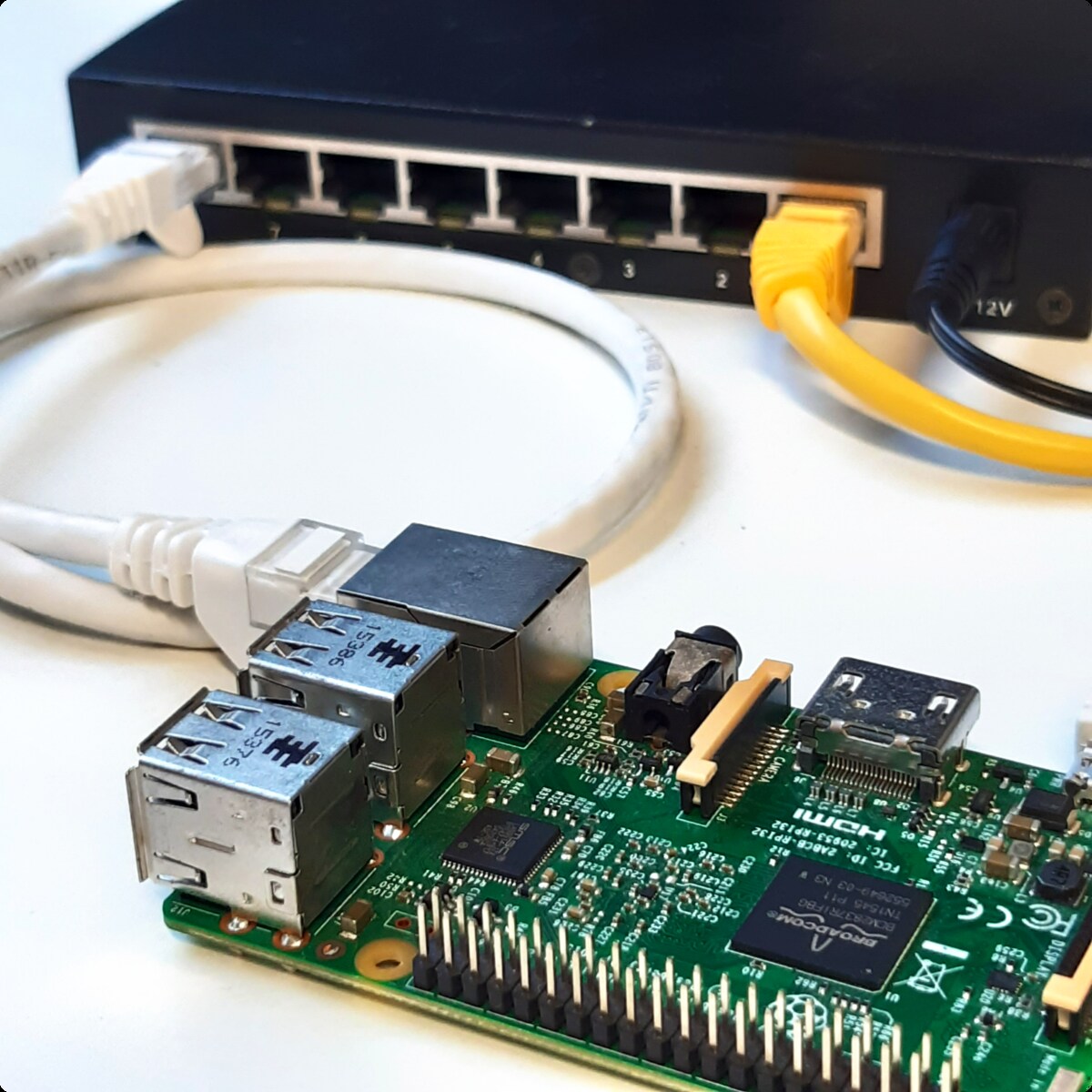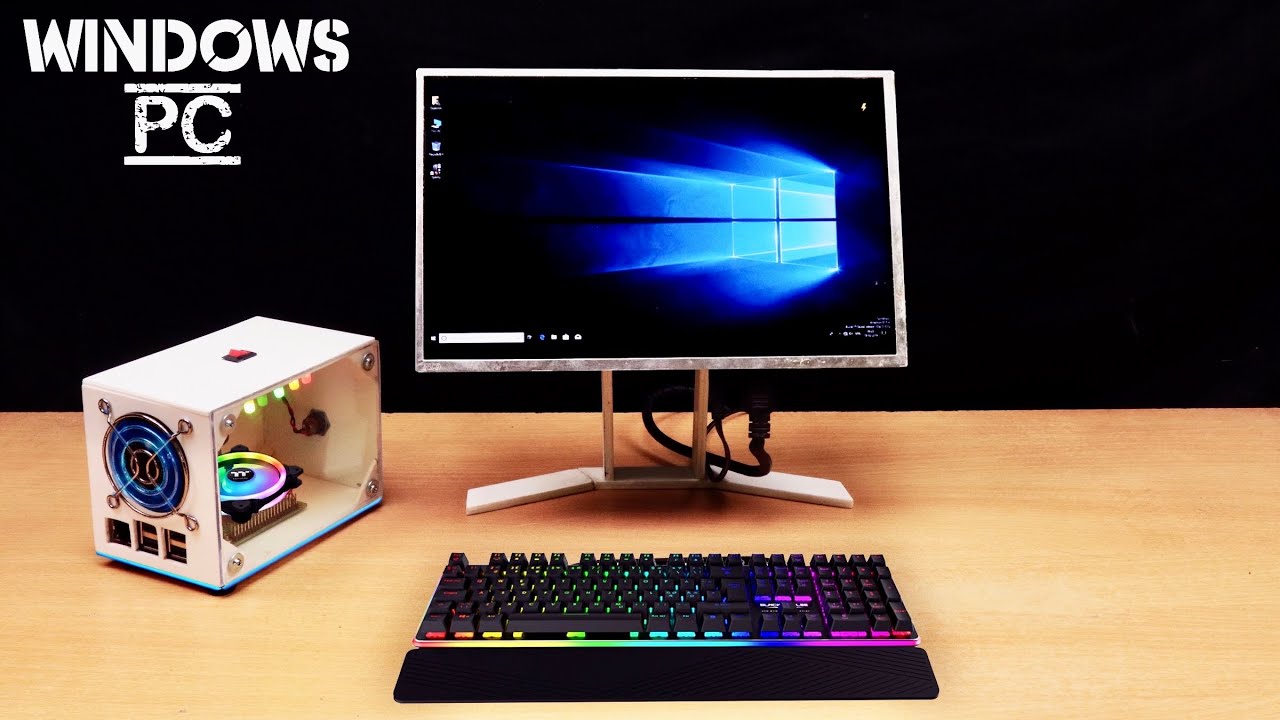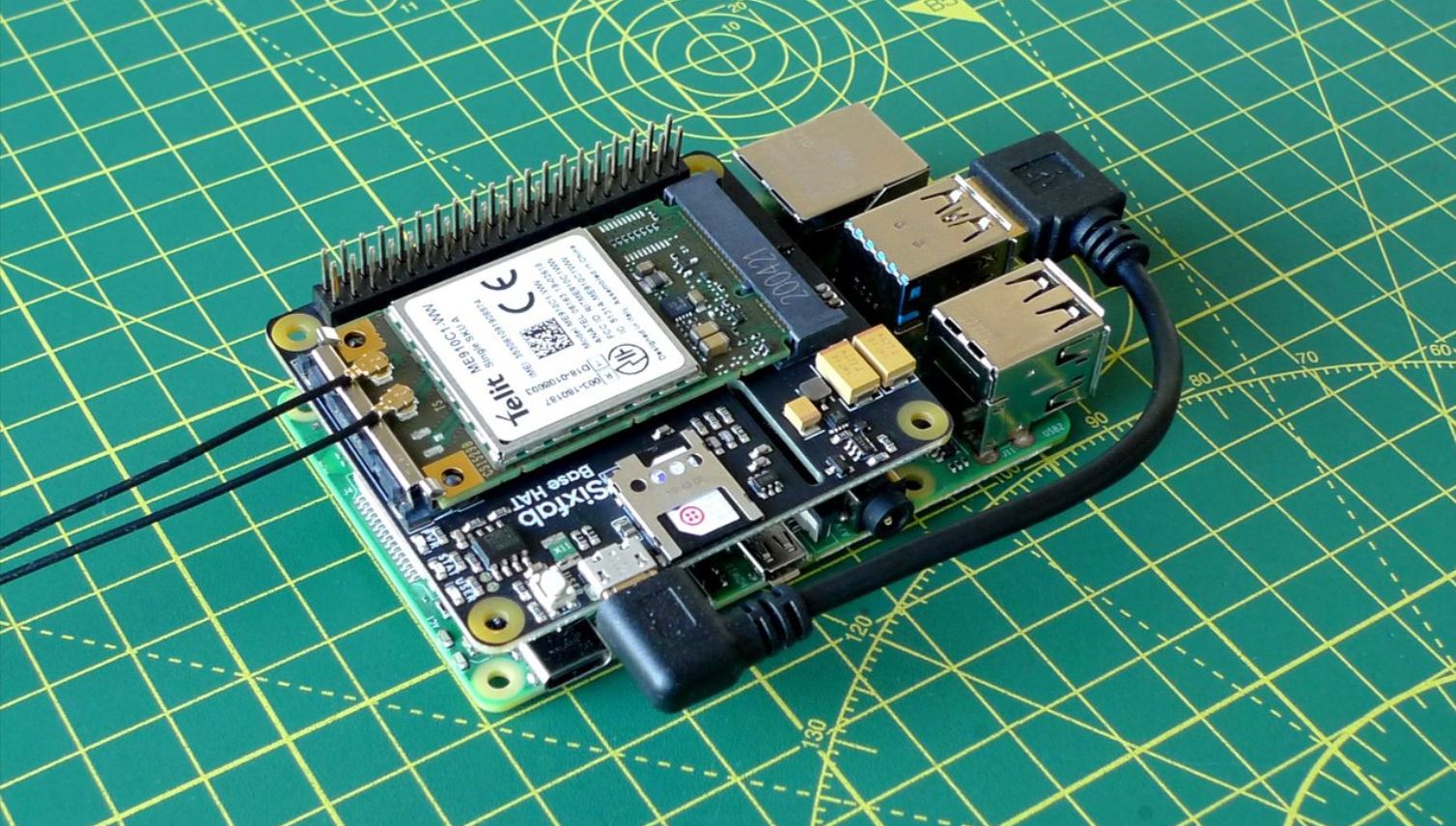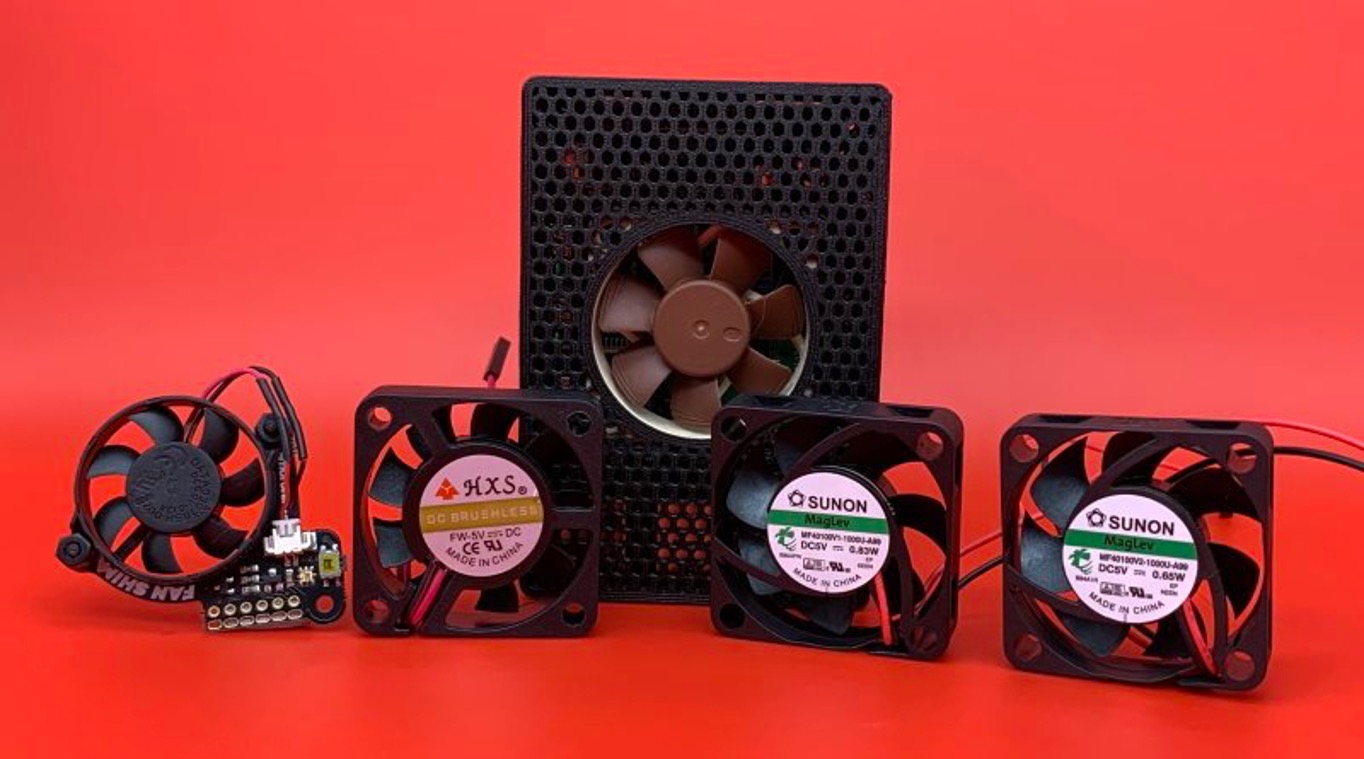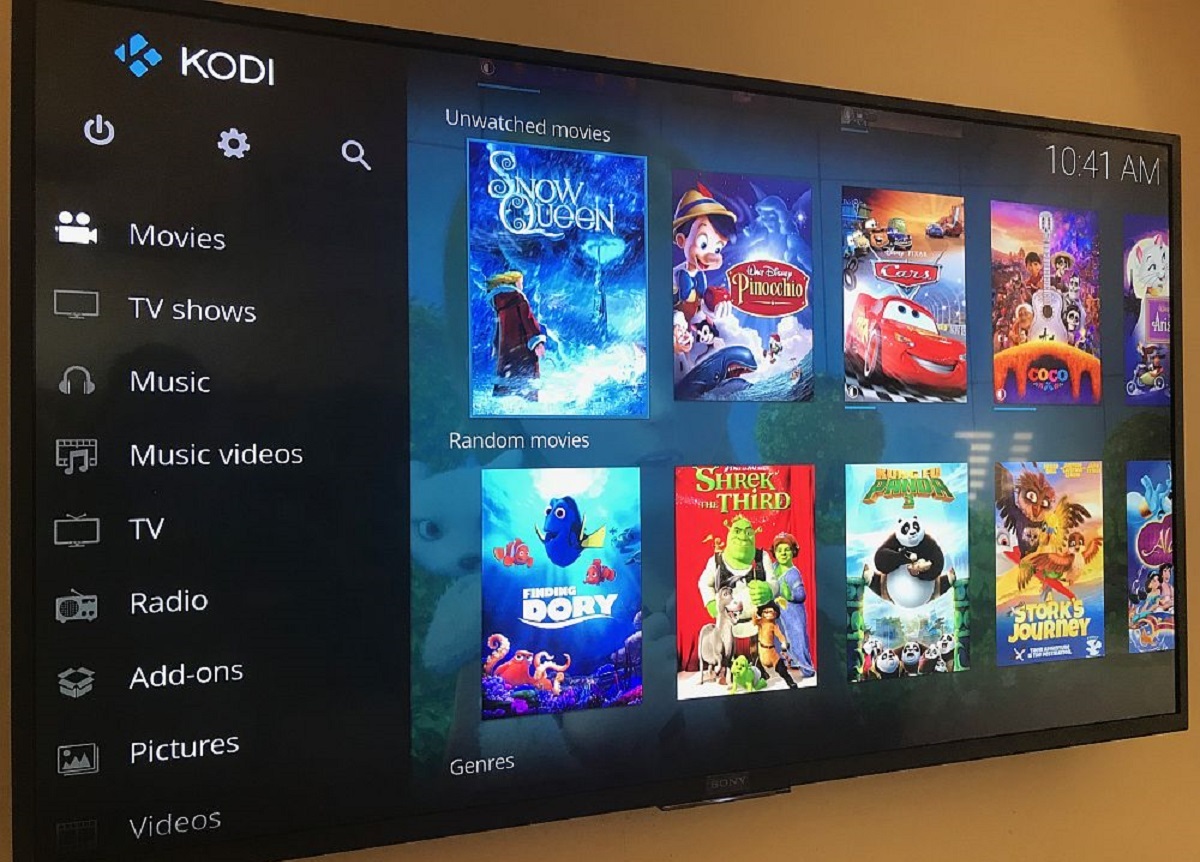When it comes to single-board computers, Raspberry Pi undoubtedly comes out as the king of the industry. However, while Raspberry Pi may perform well, it’s not the only capable choice out there. There are several Raspberry Pi alternatives you can choose from so your options aren’t limited. Which ones are the best for your setup? Let’s find out.
What Are Single Board Computers?
A Single Board Computer (SBC) is a complete computer with all the parts built into one circuit board. It contains all the necessary parts including the memory, RAM, microprocessor, and input/output functions.
This simple design makes SBCs more dependable for operating complex machines. In addition, the lack of a large network lessens the potential for bugs and conflicts that result in substandard performance. Hence, it’s the perfect computer to use if you want to create an “always-on” machine.
As a result, its primary applications involve traffic light controllers, anti-lock braking systems, missile guidance systems, and medical imaging machines. You’ll mostly see it in industries like these, including those that make devices for smart homes, cars, medical appliances, and military units.
On the other hand, the downside to an SBC is that it’s not expandable or modular. Hence, it’s not always the best choice for personal computers, especially if you want upgradable parts. Moreover, it’s not as adaptable to people’s preferences because of its architecture.
What Is Raspberry Pi?
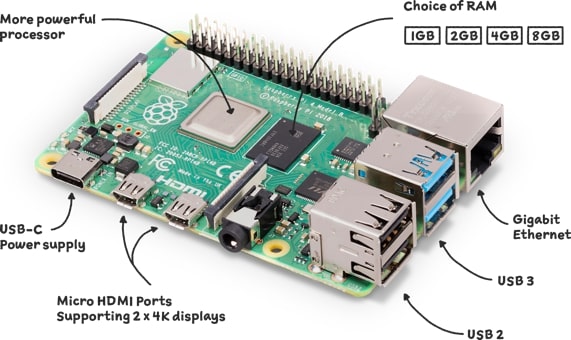

Raspberry Pi is one of the most popular models of SBCs in the market. It was created by a UK charity called the Raspberry Pi Foundation and is one of the cheapest computers worldwide.
It’s so cheap that many Raspberry Pi computers retail for less than $100. One of the more recent iterations, Raspberry Pi 5, was expected to sell at only $90. However, there are even cheaper versions of the SBC, like Raspberry Pi Zero, which only costs $5.
For this reason, several industries and establishments use Raspberry Pi to help people learn programming languages. It’s also used for DIY hardware projects, home automation, and industrial machinery. Raspberry Pi runs Linux, a free, open-source operating system anyone can use.
Check their website for more info
12 Best Raspberry Pi Alternatives
Are there any Raspberry Pi alternatives? Thankfully, while Raspberry Pi remains the top choice for SBCs, there are numerous alternatives in the market. Here are some of the best ones you can choose from in 2022.
1. Arduino Uno R3
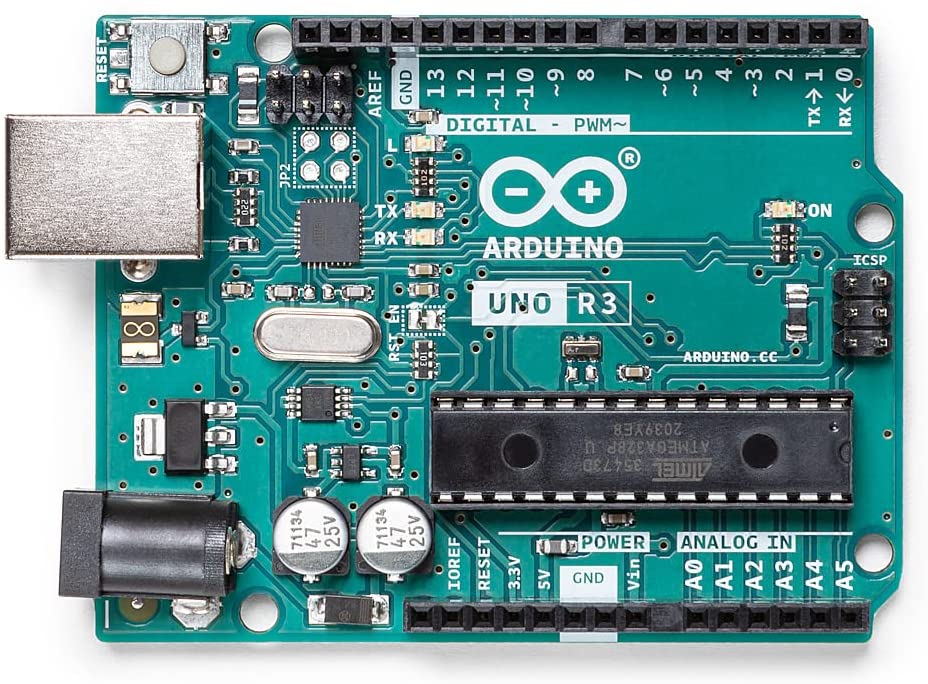

Pros
- Affordable
- Low Battery Requirements
- Multiple input/output pins
Cons
- Less powerful
- No wireless connectivity
SBCs come in all shapes and sizes but not everyone requires something more powerful. If you want something cheap and unassuming, we recommend the Arduino Uno R3. It’s a simple alternative and only has an ATmega328P processor, 32KB of memory, and no GPU.
Now, it may sound a little too lackluster for some, but it’s certainly good enough for small projects. However, it does feature several input/output pins that should be good enough for controlling switches, actuators, and lights.
In addition, the computer acts as a dependable microcontroller, especially because it only consumes 20 to 80 mA. Hence, you can power it with a single 1000 mAh battery and have it last for 3 hours. At $18 to $22, the Arduino Uno R3 is one of the more affordable Raspberry Pi alternatives on this list.
2. Banana Pi M3
Pros
- Bluetooth and Wi-Fi support
- Several connections included
- Powerful performance
- Supports Linux and Android
Cons
- Only two USB ports
- Low read/write speeds
- 32-bit processor only
The Banana Pi M3 is one of the more flexible Raspberry Pi alternatives on this list. It sports a 1.8GHz Octa-Core Allwinner A83T CPU, 2GB of RAM, and a PowerVR GPU. However, what makes it a viable option isn’t just the amount of raw power inside the computer. Instead, it’s the several add-ons it comes with that aren’t common in SBCs.
These include BlueTooth 4.0 and Wi-Fi support, an HDMI/MIPI DSI, and a USB-to-SATA bridge. It even has an onboard microphone which is great if you’re building an audio-based hardware project.
As a result, the M3 is a great open platform device for folks who want to work with developer technology. That’s especially true because it works not only with Linux but also with Android, Ubuntu, Lubuntu, Raspbian, and Debian.
3. Banana Pi M5
Pros
- Larger frame
- Fast processing power
- Ethernet, HDMI, and audio connections included
- 4K HDMI 2.0 output
- Expandable storage
Cons
- Lack of on-board wireless networking
- General-purpose input/output (GPIO) is limited
If you’re looking for Raspberry Pi alternatives that are reminiscent of the famed brand, we recommend the Banana Pi M5. It’s a little similar to the Berry Beast but with a few major changes. The unit has a larger frame and relatively fast processing power and storage speeds. It sports an Amlogic S905X3 processor, a Mali-G31 GPU, and 4GB of memory.
In addition, what makes it special is that it unconventionally has expandable storage via microSD. You can even insert a card that’s up to 256GB to boost your storage capacity significantly. Moreover, the unit has great connectivity options for Ethernet, HDMI, audio, and USB-C for power.
However, the SBC is a little lacking in some departments. For example, the GPIO is limited despite the size of the device. Moreover, it doesn’t include onboard wireless networking so you’ll require a cable to surf properly.
4. Libre Computer La Frite
Pros
- Decent performance
- 1080p video playback
- Compatible Raspberry Pi accessories
- Affordable
- Tons of ports
Cons
- No SD slot
The Libre Computer La Frite has an Amlogic S905X SoC, ARM Mali-450 GPU, and up to 1GB of SDRAM. With that said, it’s certainly less capable than Raspberry Pi alternatives listed here. Regardless, it’s good enough for mid-range projects that require a bit of power and connectivity. That’s especially true because it only costs $25 to $30.
That’s because the La Frite performs well with the SoC. It can handle H.265, H.264, and VP9 streams. It can even handle HDR metadata and display videos in 1080p. As a result, it’s a decent option if you’re looking for an SBC for digital signages.
Apart from this, what truly separates the La Frite is its several ports. For one, its mounting points are the same as that of various Raspberry Pi models. Hence, you won’t have a difficult time looking for compatible accessories.
In addition, it provides four USB ports, HDMI 2.0, an audio jack, and Ethernet connectivity. Perhaps the only downside is that it doesn’t have expandable memory.
5. Libre Computer Le Potato
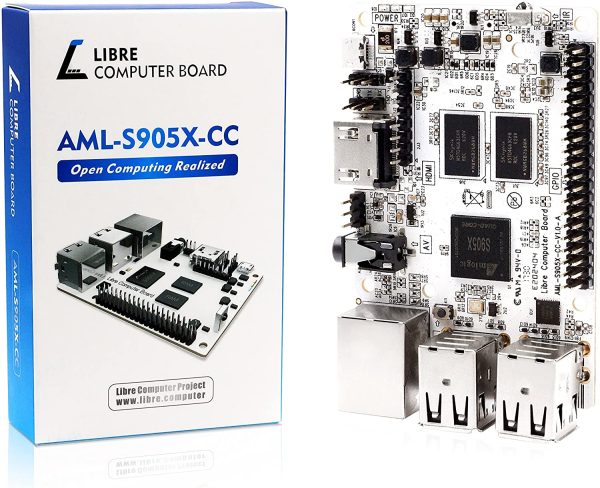

PROS
- 4K video output via HDMI 2.0
- Good selection of software compatibility
- Compatible with Raspberry Pi 3 B+ accessories
CONS
- Lack of community support
- Not novice-friendly
The Libre Computer Le Potato is one of the best Raspberry Pi alternatives on the market. It’s one of the main competitors going up against the Raspberry Pi 3 B+. The form factor, layout, and features are all fairly similar.
However, what gives the Le Potato an edge is its HDMI 2.0 support. With it, you can safely output 4K media and seamlessly play H.265, H.264, and VP9 videos. You even have your choice of operating systems because it’s compatible with Android 9, Ubuntu, Linux, RetroPie, Ubuntu, and more.
As a result, it’s a perfect choice if your goal is to build a home entertainment hub. It’s also only $50 to $55 on Amazon so it’s not too expensive. However, we do wish there was more support and guidance from the community or developers about how to use it.
6. NanoPi NEO4
Pros
- Small form factor
- Good selection of ports
- Expandable storage
- Multiple OS compatibility
Cons
- Wireless connectivity is not as good as the Raspberry Pi 3 B+
- Incompatible with Raspberry Pi add-ons
The NanoPi NEO4 is one of the best Raspberry Pi alternatives if you want something small and affordable. It has six cores and comes in a small 60x45mm form factor with 1GB of RAM. The unit is powered by the Rockchip RK3399 chipset with dual and quad-core processors.
With that said, the NEO4’s best application will probably be in the area of smaller hardware products. It’s also handy for storage-heavy projects because it can support 128GB microSD cards. Pair these with four USB ports, Gigabit Ethernet, and HDMI and you’ve got yourself a powerhouse.
In addition, the power supply comes with 5V/3A compatibility, making it great for robots, cameras, blockchain games, and more. The device is also compatible with Android, FriendlyDesktop, FriendlyCore, Lubuntu, and Armbian. Best of all, it’s decently affordable and comes at roughly $50.
7. NVIDIA Jetson Nano Developer Kit
PROS
- Powerful processors
- Full Linux desktop support
- AI platform support
Cons
- Expensive
- Not for hobbyists
NVIDIA is a well-known brand that creates GPUs for desktop and laptop computers. However, did you know that it manufactured Raspberry Pi alternatives as well? The NVIDIA Jetson Nano Developer Kit is one of the more robust products on this list and it’s understandable why.
That’s because it features a whopping 128-core NVIDIA Maxwell GPU, a quad-core ARM Cortex-A57 CPU, and 4GB of RAM. This is much more than what most other SBCs have to offer. Moreover, it even allows for 4K@30fps video output and supports Gigabit Ethernet.
With that said, it’s safe to say that NVIDIA’s Developer Kit is a powerhouse among powerhouses. It even features a full Linux desktop environment and has support for machine-learning software like PyTorch and MXNe.
However, do note that this isn’t the simplest SBC on this list. It’s certainly not beginner-friendly and is a great deal more expensive, coming up at almost $100.
8. Odroid-XU4
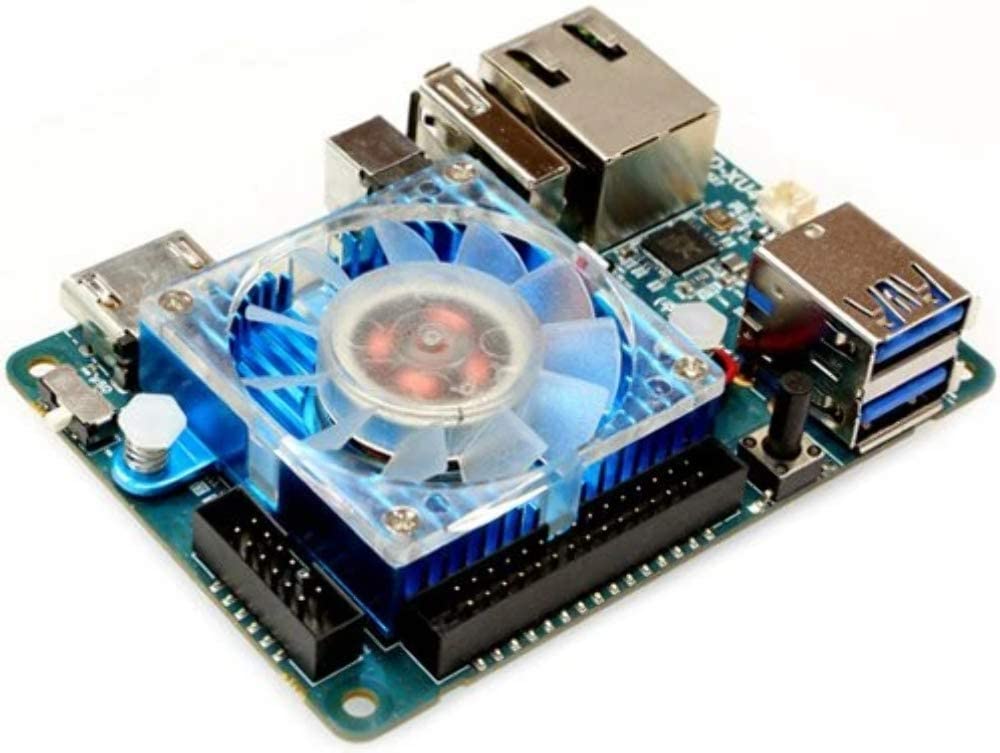

Pros
- Powerful and efficient performance
- Decent selection of input/output ports
- Well-known processor brand
- Includes an active heatsink
Cons
- Expensive
- No HDMI 2.0 support
The Odroid-XU4 is one of the most unconventional Raspberry Pi alternatives out there. That’s because it features a smartphone SoC – the Samsung Exynos5422 octa-core CPU. This means it’s a great deal more expensive (nearly $110) than most other options. However, it also means that the chipset is powerful and efficient enough for bigger projects.
That’s especially true when you pair it with the SBC’s Mali-T628 MP6 GPU, 2GB RAM, and eMMC flash storage. Moreover, the built-in USB 3.0 ports, Gigabit Ethernet, and HDMI 1.4a make it more flexible than budget SBCs.
It even has an active heatsink so you have a little more protection. With that said, it’s a superb choice if you want to develop software, play games, or simply browse the net.
9. Orange Pi Zero
PROS
- Affordable
- Full-sized Ethernet port and Wi-Fi support
- Expandable memory
- Small form factor
CONS
- No BlueTooth connectivity or micro HDMI
- Slightly more complex than Raspberry Pi
Everyone knows the Raspberry Pi Zero is one of the most basic SBCs on the market. However, it doesn’t have a monopoly over this area because the Orange Pi Zero is also a good contender.
Sure, it’s not cheaper than the Raspberry Pi because it costs almost $35 while Raspberry’s processor costs $30 less. However, it is more powerful and provides a full-sized 100MB/s Ethernet port with Wi-Fi connectivity.
In addition, the module has a USB 2.0 port, several expansion and function pins, and a microSD card slot. This is a big feat considering its small 48mm x 46mm form factor. It’s also a big plus that it’s compatible with three major operating systems: Armbian, Debian, and Ubuntu.
With all that said, these qualities make it an excellent choice if you’re making the internet of things (IoT) devices. Moreover, if you want more Raspberry Pi alternatives for cheap, this one is not a bad choice.
10. PocketBeagle
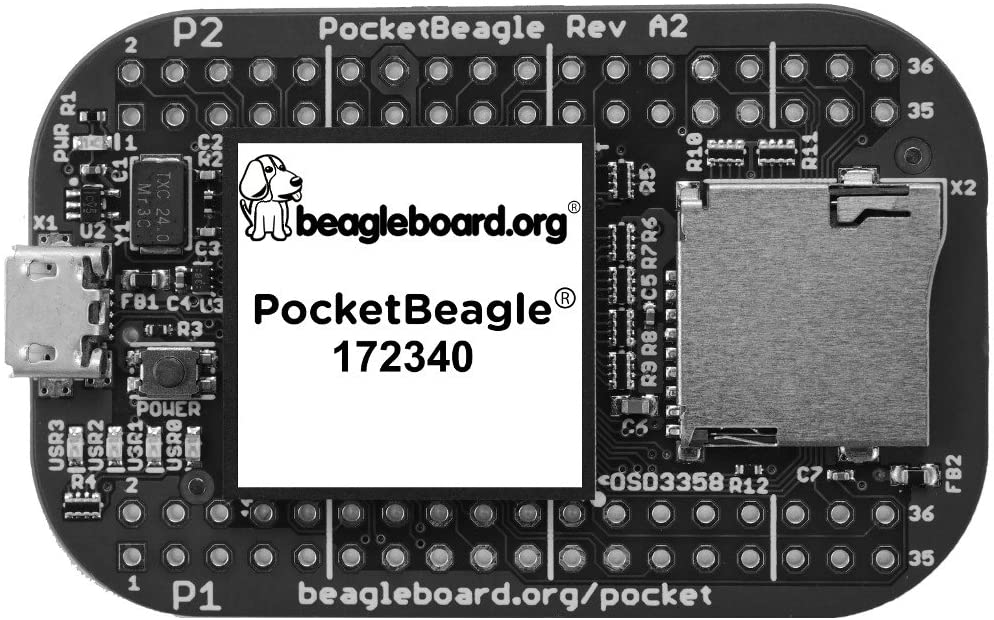

Pros
- Debian included on the official website
- Tiny form factor
- Decent connection option
Cons
- Less powerful than some alternatives
- Relatively expensive
PocketBeagle is one of the more mid-range Raspberry Pi alternatives in existence. It’s based on an Octavo Systems OSD3358 SoC, and sports 512MB of RAM, and an ARM Cortex-M3. Moreover, it houses a built-in GPU in the form of the PowerVR SGX530.
Unlike many other SBCs, it has a relatively small form factor and comes at only 56mm x 35mm x 5mm. However, don’t let its small size fool you as it has tons of ports and connectivity options. It features high-speed USB ports, 8 analog inputs, and 44 digital input/output connections.
With this said, the PocketBeagle is certainly a solid contender in smaller consumer electronics. However, it isn’t the cheapest option out there because it can cost $62 to $70.
11. RockPi 4 Model C
PROS
- Solid performance
- Multiple storage options
- USB 3.0
- Bluetooth 5.0 and Wi-Fi
CONS
- Slightly expensive
If you need Raspberry Pi 4 alternatives, then we recommend the RockPi 4 Model C. It has a 64-bit 1.4GHz 6-core Rockchip RK3399 process, 4GB of RAM, and a Mali T860MP4 GPU. Hence, it’s certainly more powerful than your regular SBC.
What’s more, it has several add-ons that give it a slight edge. For example, you have multiple storage options to choose from including PCIe, eMMC, USB3, and microSD. You also have two micro HDMI and mini display ports, allowing for 4K video playback. However, it is relatively expensive and costs nearly $60.
12. UDOO BOLT V8
Pros
- More powerful than industry-standard computers
- Good for gaming and AI applications
Cons
- Extremely expensive
If you want a supercomputer in the form factor of an SBC, then the UDOO BOLT V8 is one of the best Raspberry Pi alternatives available. It comes with a 3.6GHz AMD Ryzen Embedded V1000 SoC. As a result, it can even run faster than a MacBook Pro for AI, AR, and VR applications.
In addition, the unit has a 64-bit SO-DIMM socket and a 32GB 2400 Mt/s with a 32GB eMMC drive. It’s also great for running triple-A games, mining cryptocurrency, running big data analyses, and more. However, it’s extremely expensive and can run for almost $550.
Why Should You Look For Alternatives To Raspberry Pi?
Raspberry Pi is the industry-standard SBC that’s hard to beat, especially when it comes to price. With that said, why are we even bothering looking for the best Raspberry Pi alternatives?
For one, sometimes Raspberry Pi alternatives perform much better than the Raspberry Pi’s products. Sure, Raspberry Pi might be more ubiquitous than most brands, but that doesn’t mean it’s the best for every use case. The Orange Pi Zero is even better than Raspberry’s counterpart in almost every way.
In addition, Raspberry Pi is not immune to recent events. As such, it’s also out of stock because of the chip shortages that’s been happening these past few years. Why is RPIS out of stock? Simply put, the demand for these products skyrocketed in 2021 while the manufacturers could not meet the demand.
What To Look For In An Alternative
Price
Is there anything cheaper than Raspberry Pi? Frankly, there isn’t. Nonetheless, this doesn’t mean you shouldn’t consider the price whenever you’re shopping for Raspberry Pi alternatives. Thankfully, many budget-friendly options in the market are just as capable. However, if you can spend a little more, we also recommend trying the more expensive alternatives for large-scale projects.
Performance
The performance of these Raspberry Pi alternatives is important to consider when shopping. However, this doesn’t mean you purchase the most powerful option there is. The better tactic is to know your performance needs beforehand, then shop accordingly.
Others
Raspberry Pi alternatives may include peripheral features that you might need on your project. For example, if you require video output, you’ll want to look for something with an HDMI port or something similar. On the other hand, if you need internet connectivity (such as for IoT applications), we recommend getting something with Wi-Fi.
Try Out These Raspberry PI Alternatives Today
Raspberry Pi might be the go-to brand in the realm of SBCs but that doesn’t mean it’s alone. There are several options available that are just as capable, if not more. However, you might face a price increase in these alternatives as some of them aren’t cheap. Nonetheless, they have a lot to offer in terms of performance, whether you’re a hobbyist or a professional.









